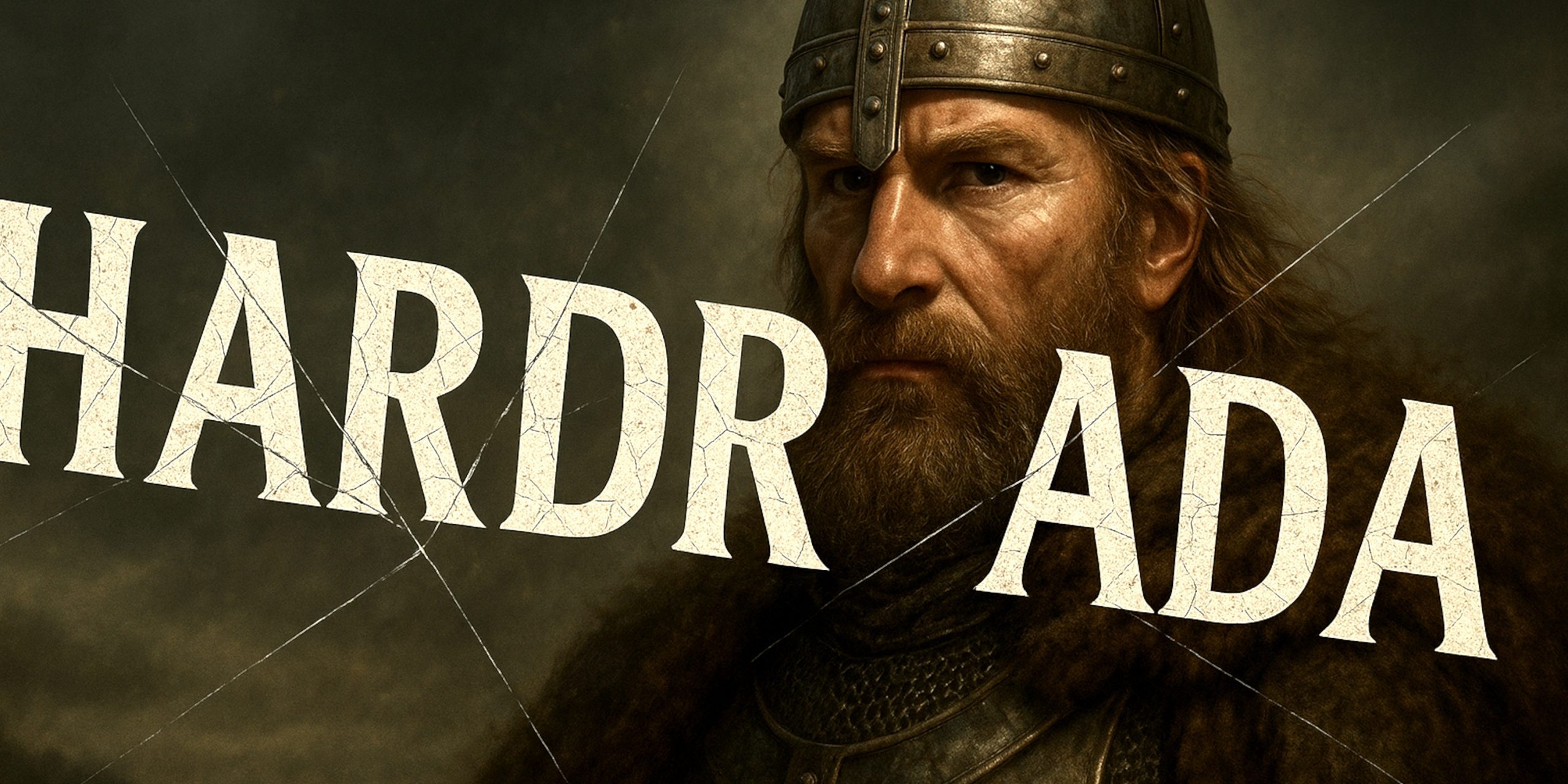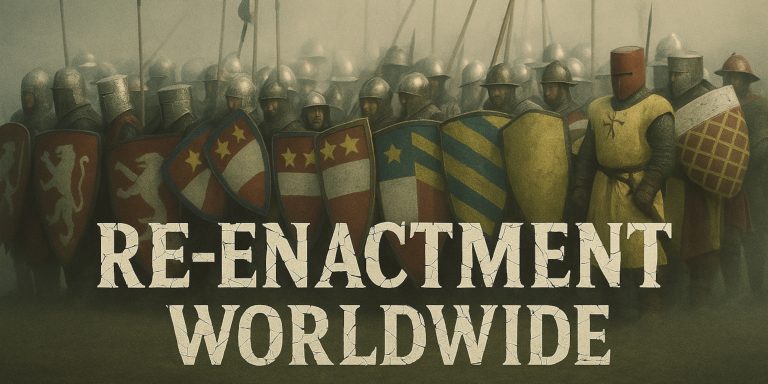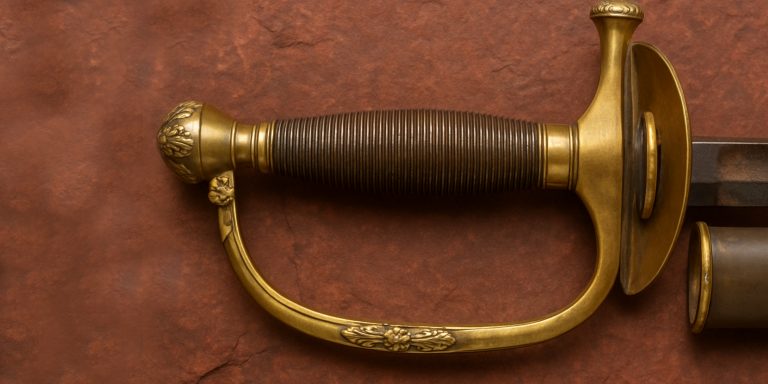
Harald Sigurdsson, later known as Harald Hardrada, stands as one of the last great Viking kings. His journey from a young exile to a seasoned warrior and finally to the throne of Norway reveals how he earned the title Hardrada, meaning “the hard ruler”. The name was not simply a royal epithet but a reflection of his reputation for strength, severity, and uncompromising rule.
Early Life and Exile
Born in 1015, Harald was the half-brother of Olaf II of Norway. At just fifteen, he fought alongside Olaf at the Battle of Stiklestad in 1030. The defeat of Olaf’s forces forced Harald into exile, setting the stage for a career that would carry him across Europe and the Middle East. This early experience of loss and hardship shaped his ruthless approach to leadership.
The Varangian Guard
Harald spent much of his youth in the Byzantine Empire, where he rose to prominence in the Varangian Guard. This elite unit, made up largely of Norse mercenaries, served as bodyguards to the emperor. Harald fought in campaigns across Sicily, the Mediterranean, and even Jerusalem. His service gave him wealth, military experience, and a reputation for both courage and severity in battle. These qualities would define him when he returned to Norway.
Return to Scandinavia
After years abroad, Harald came back to the north in 1045. With gold and military renown, he shared kingship of Norway with Magnus the Good, another son of Olaf. When Magnus died in 1047, Harald became sole ruler. From this point forward, his rule was marked by both consolidation and expansion, earning him the reputation that would crystallise into the name Hardrada.
Why “Hardrada”?
The epithet Hardrada can be translated as “hard ruler” or “stern advisor”. Contemporary sources describe him as harsh in both war and governance. He dealt firmly with rebellion, pressed claims abroad, and pursued his goals without compromise. His rule was not seen as gentle or forgiving but as one of strict discipline, ambition, and determination. The name reflected not only his governance but the way he carried himself as a warrior king.
Military Ambitions
Harald’s reign was defined by campaigns that extended his reach beyond Norway. He clashed with Denmark repeatedly, seeking to control the Danish throne, and eventually turned his ambitions toward England. In 1066 he led a Norwegian invasion that culminated in the Battle of Stamford Bridge. Though the campaign ended in his death, the scale and boldness of the invasion showed why he was remembered as a “hard ruler”, unwilling to yield until the very end.
The Seven Swords Takeaway
Harald Hardrada’s transformation from Harald Sigurdsson was forged through exile, mercenary service, kingship, and relentless ambition. His severity as a ruler and the fear he inspired in both enemies and allies secured the lasting epithet Hardrada. His death at Stamford Bridge marked the closing chapter of the Viking Age, but his name remains a symbol of Viking tenacity and uncompromising strength.
Watch the documentary:



